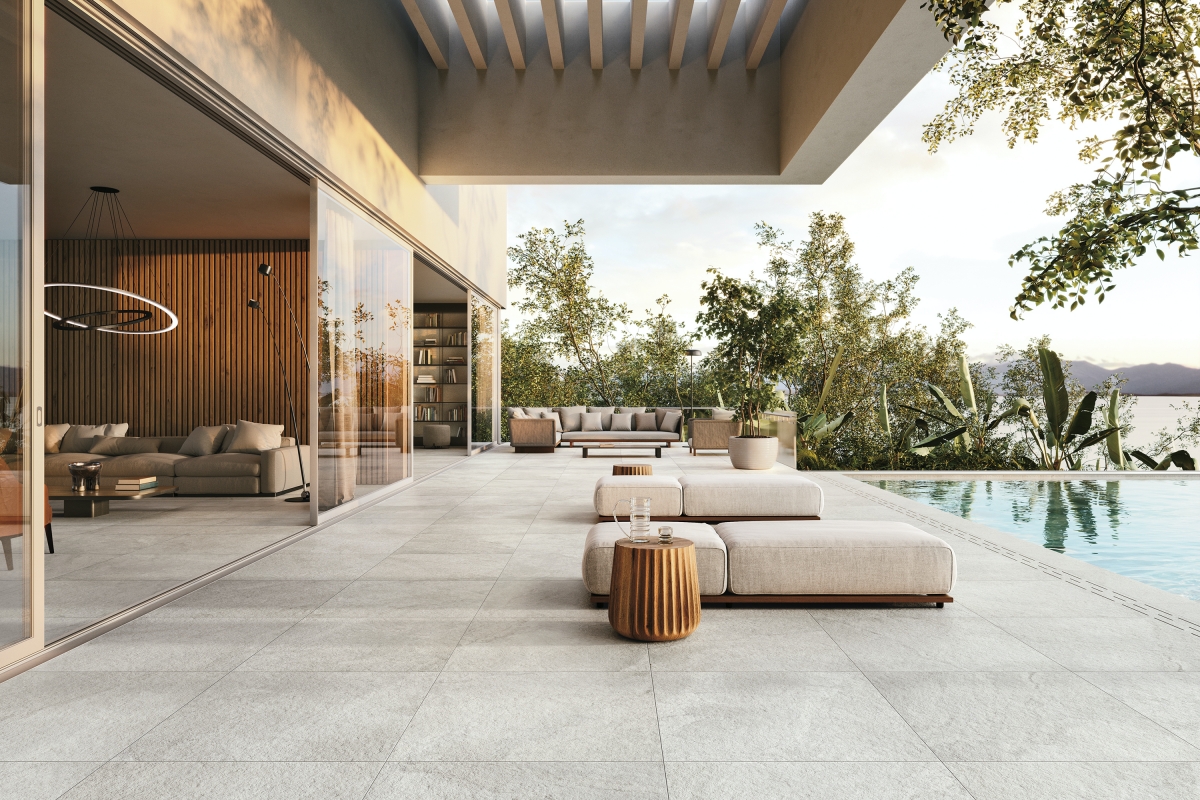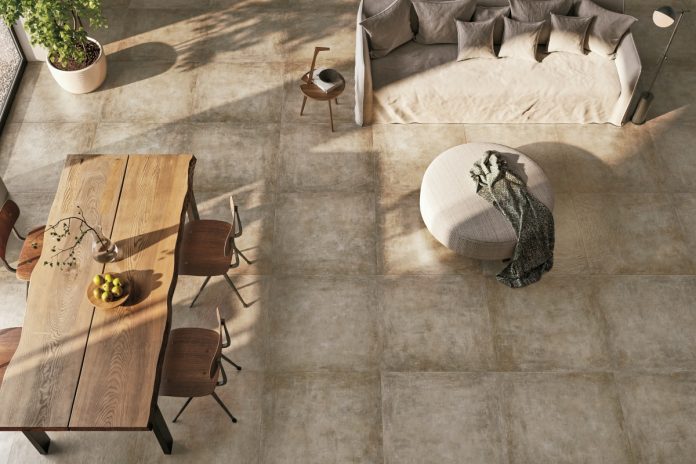He has moved with awareness of the situation from a very speedy market (consumer electronics) to a very slow one (ceramics), meeting the challenges that face an outsider and changing the rules from the ground up – not revolution, just evolution. IFDM met with Rino Bedogni at the Milan showroom of Ceramiche Refin, in the Brera district.
From consumer electronics to ceramics: the consumer might be the same person, but the strategies are clearly different.
Marketing is a social science, you study people and try to respond to their needs. Personally, I tend to distrust those who interpret needs without relying on a method – the method has to be the guiding factor. The central aspect is the ability to understand the context and people, and to find a way to use what you have in order to build a strategy that will stand up. From this perspective, there is no big difference between snack foods and tiles.
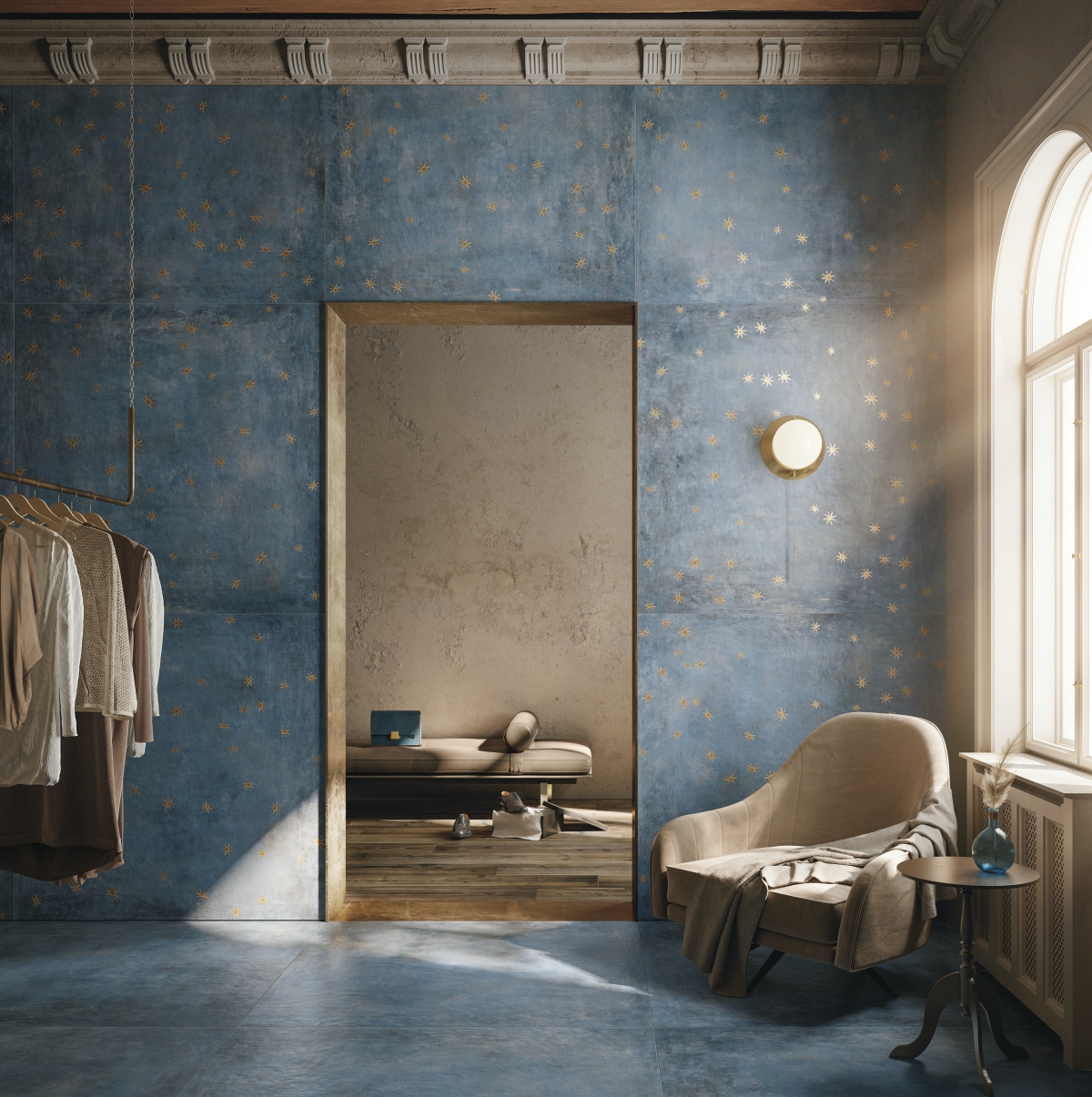
How did you get to know the Refin ownership?
There are always risks and opportunities when you choose a manager who arrives from a different world: the person has to know how to quickly enter an unknown sphere, but perhaps this also implies the possibility of observing and listening to the market with eyes and ears that have not be worn down by the routine. As the owners of Refin expect, I hope I can rapidly fit in and bring a different vision. To bring out the value of existing resources, and to focus on product – in short, this is the mandate. When I arrived in the company, one of the things that pleasantly surprised me was the immediate synergy between the laboratory (hence research) and marketing, two areas that are traditionally in conflict. Here the chemistry is quite tangible.

Is it possible to truly understand what people are looking for in the world of ceramics?
It is always a wager. I like to observe people and understand them. Many years in the field of marketing and research have taught me to develop my thoughts, but then to get out of my own mindset and to come to grips with what is happening outside my office, starting with my colleagues in the company, with whom it is important to reach a shared vision.
There is no such thing as a ceramic product that revolutionizes the market. One has to make choices that move closer to the vision of the market, and the first people who have to believe in this are your colleagues. Your skill lies not in changing people’s minds, but in being able to construct issues and pathways that bring the client closer to your company and its products.
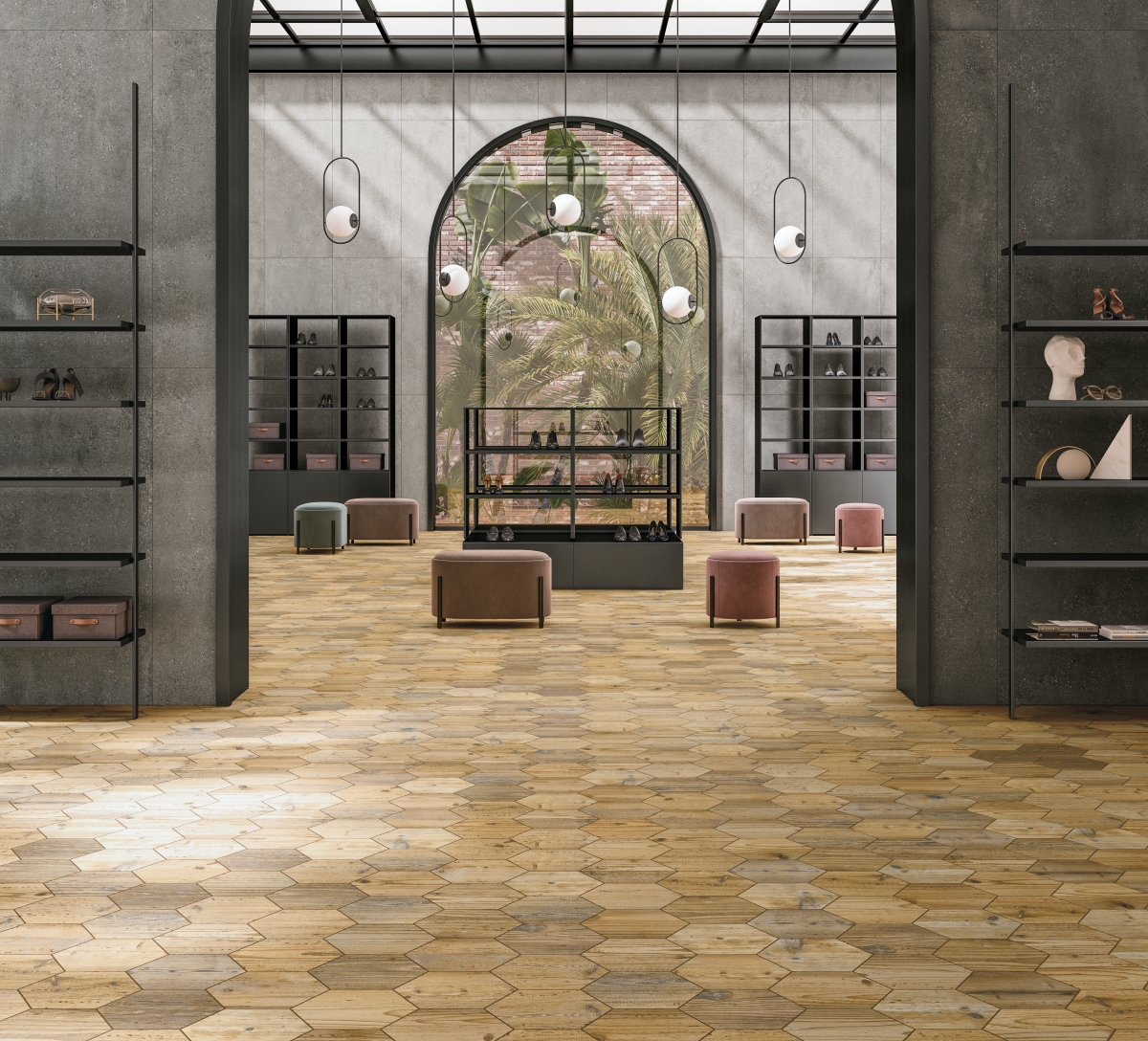
The commercial chain, between retail and contract projects: what are the changes?
Thinking in advance about what will happen when commercial actions begin is a central stage of our in-house strategy: to foresee difficulties, to anticipate objections, to analyze the pathway, inch by inch. I have not encountered any problems, not even with senior sales staff, those who have been repeating a gesture for many years on a daily basis. One advantage comes from this market, which is slow and gives you the time to think and to possibly make adjustments, so decisions can develop over a relatively long span. The time frame I am dealing with now is one year, while before it was 15 days, with all the consequences that can easily happen, hysterics and nerves.
The world of ceramic tile calls for about 5 product launches per year, while in mass market consumer goods there are about 150. I like this less frenetic (though not less engaging) pace.
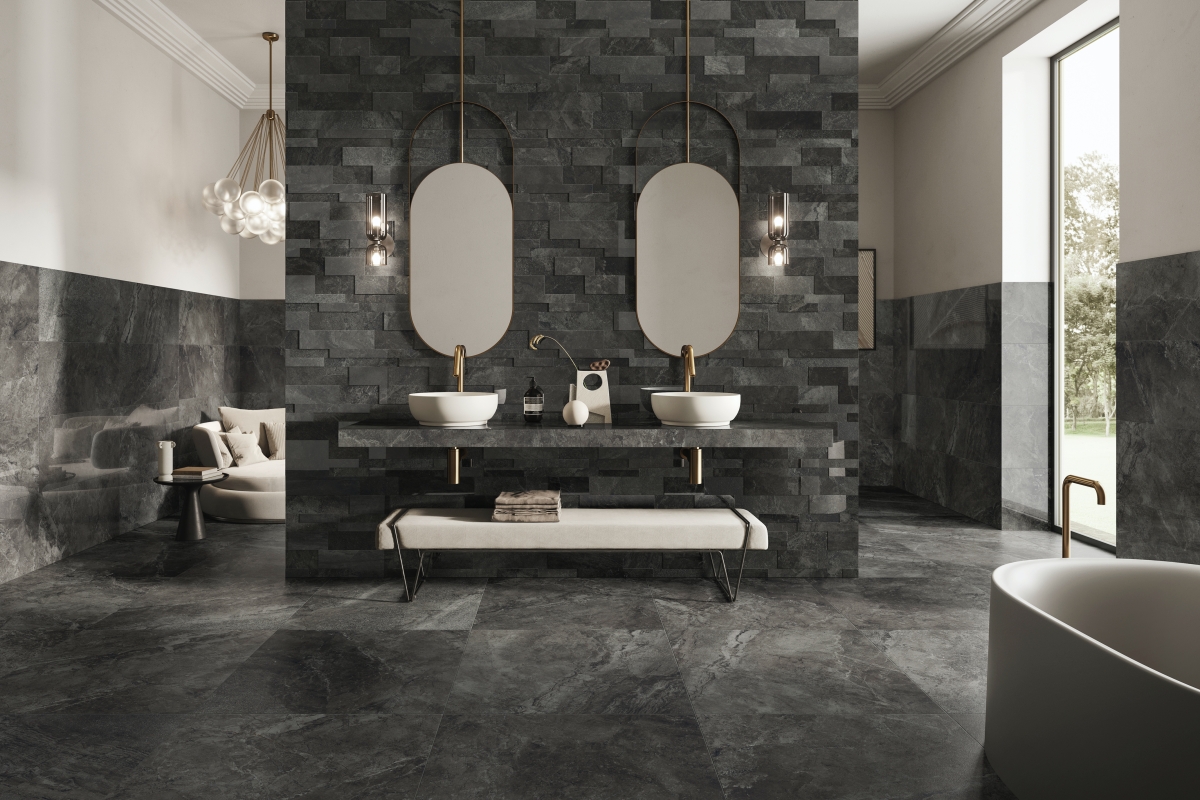
Brand awareness and reputation. Thoughts?
We have reflected at length, also calling in external experts on this theme, and we have analyzed our customer journey, as well as studying what happens in other markets, first fashion and then above all the automotive market, where I have found many similarities in the path to purchase on the part of customers. Ours is a no-brand market, there is no point in building a brand for years, hoping that clients will choose you because they remember you. Clients making a home visit many showrooms, often without having a clear idea of what they want. They have to choose between marble and stoneware, they need to understand, to compare, taking the necessary time to make a decision, which can be lengthy. So in a way it is like buying a car.
They need reassurance, clear answers and, above all, an ability to accompany them in the decision-making process. Automobiles have the force of the trademark, but in the purchase phase it is the context that makes the difference (the mini-concert by Joshua Bell in 2007 in the Washington DC Metro is a textbook case of psychology applied to everyday life). People buy things with their hearts, and even the most rational person is driven by emotion at the moment of purchase. If our company is unique, it will not be because of a nice story or amazing images, but a path of argumentation that belongs to us.
Here everything is done in-house, starting with the creativity. This considerable mass of experiences has to be, and will be, our skin. Beyond beautiful or ugly, beyond aesthetics. The ability to react to external stimuli is what makes people different from machines. Knowing how to catch, without preconceptions, the passing trains of creativity can make the difference: the subject of our Plant collection began by chance, from a wooden support crushed by the weight of a press during a maintenance operation. It was not an immediate process, to make the thinking of the team get outside of the routine, but when it happened a successful product was the result, a product with a soul.
